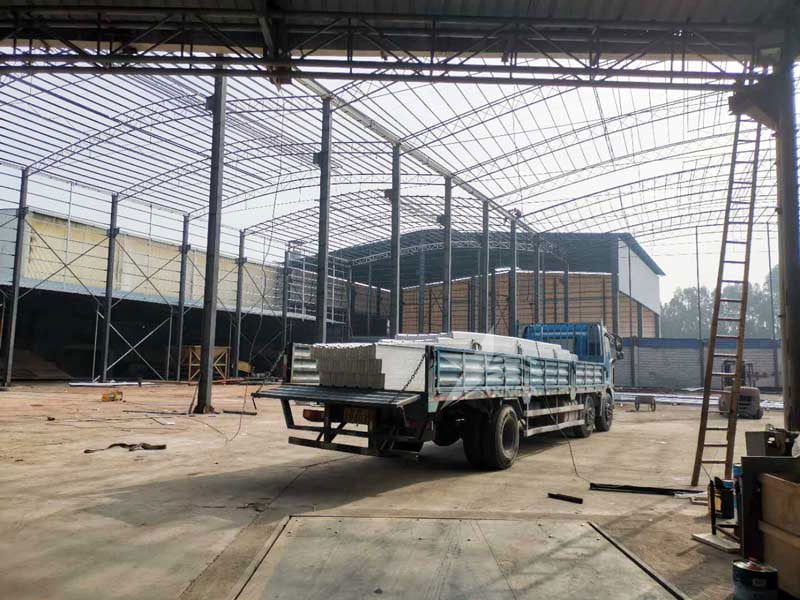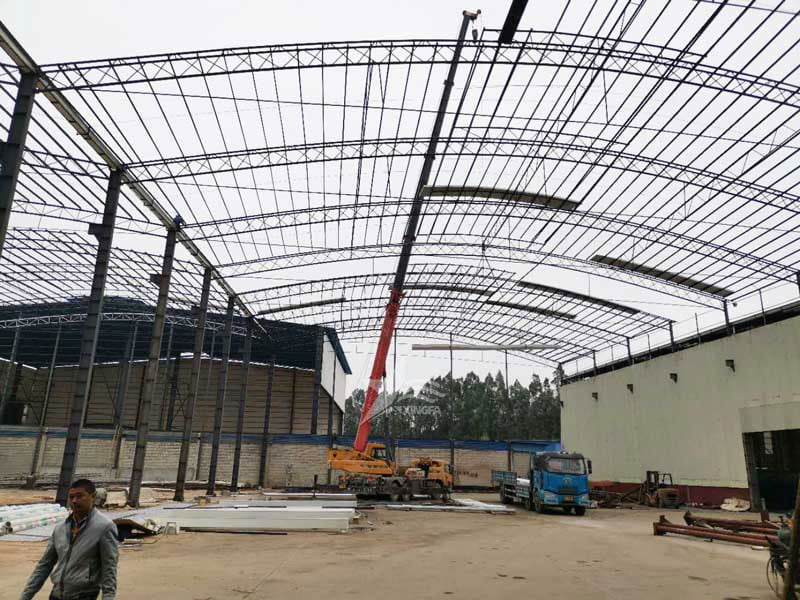PVC anti-corrosion tiles can be seen everywhere in our lives, on roofs such as warehouses, sheds, factories, etc. In fact, PVC anti-corrosion tiles also come in different shapes. So, what are the types of PVC anti-corrosion tiles? What are the differences in their usage?

There are three types of PVC anti-corrosion tiles: small wave, large wave, and ladder-shaped tiles. Small wave tiles are more traditional, and we can flexibly adjust the width of the joints according to the overall situation of the roof. Xingfa resin tiles are made with a scientific formula and advanced technology, and have the advantages of anti-corrosion, weather resistance, and bright and rich colors.

Large wave tiles increase the wave height to 36mm, which improves the waterproof effect. The design is based on the shape of glazed tiles, with a beautiful and generous appearance.
Ladder-shaped wave is similar to the wave shape of color steel tiles, but with increased wave height and the same width as color steel tiles, it is an upgraded version of color steel tiles.
PVC anti-corrosion tiles are mainly made of PVC, with a scientific formula and advanced technology to improve the strength and hardness of the tiles, thus solving the rust and waterproof problems, and can replace color steel tiles.

PVC semi-transparent tiles are the so-called skylight tiles. When laid on the roof of a factory, they make the indoor light bright and soft, avoiding direct sunlight. Xingfa PVC semi-transparent tiles can resist ultraviolet rays, acid and alkali corrosion, and have a light transmittance of up to 70%, which can be matched with PVC anti-corrosion tiles.
U-shaped PVC anti-corrosion troughs can not only be used for roof drainage, but also for water pressure testing and vegetable planting on production lines. They have high stability and good strength, and are easy to install.

